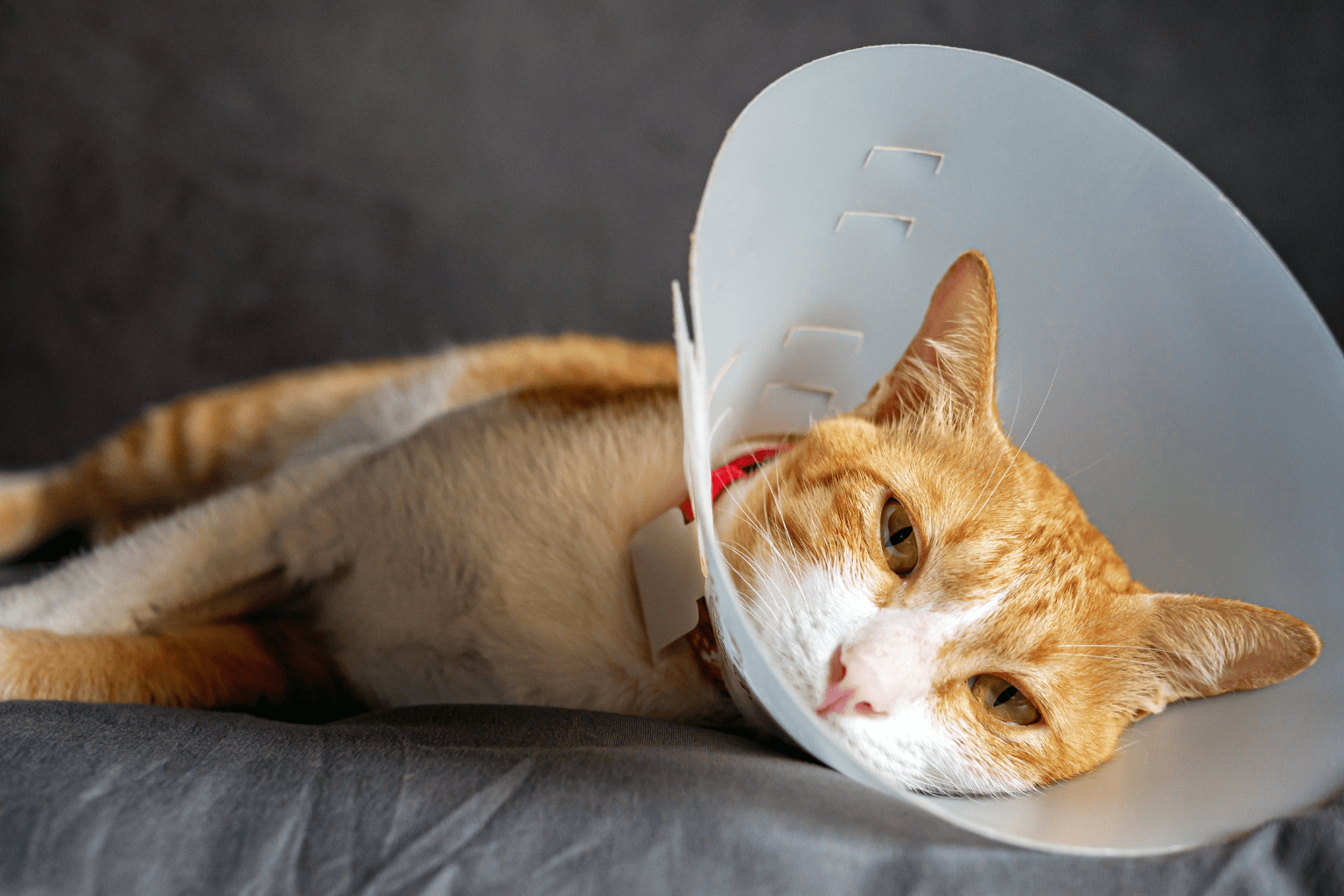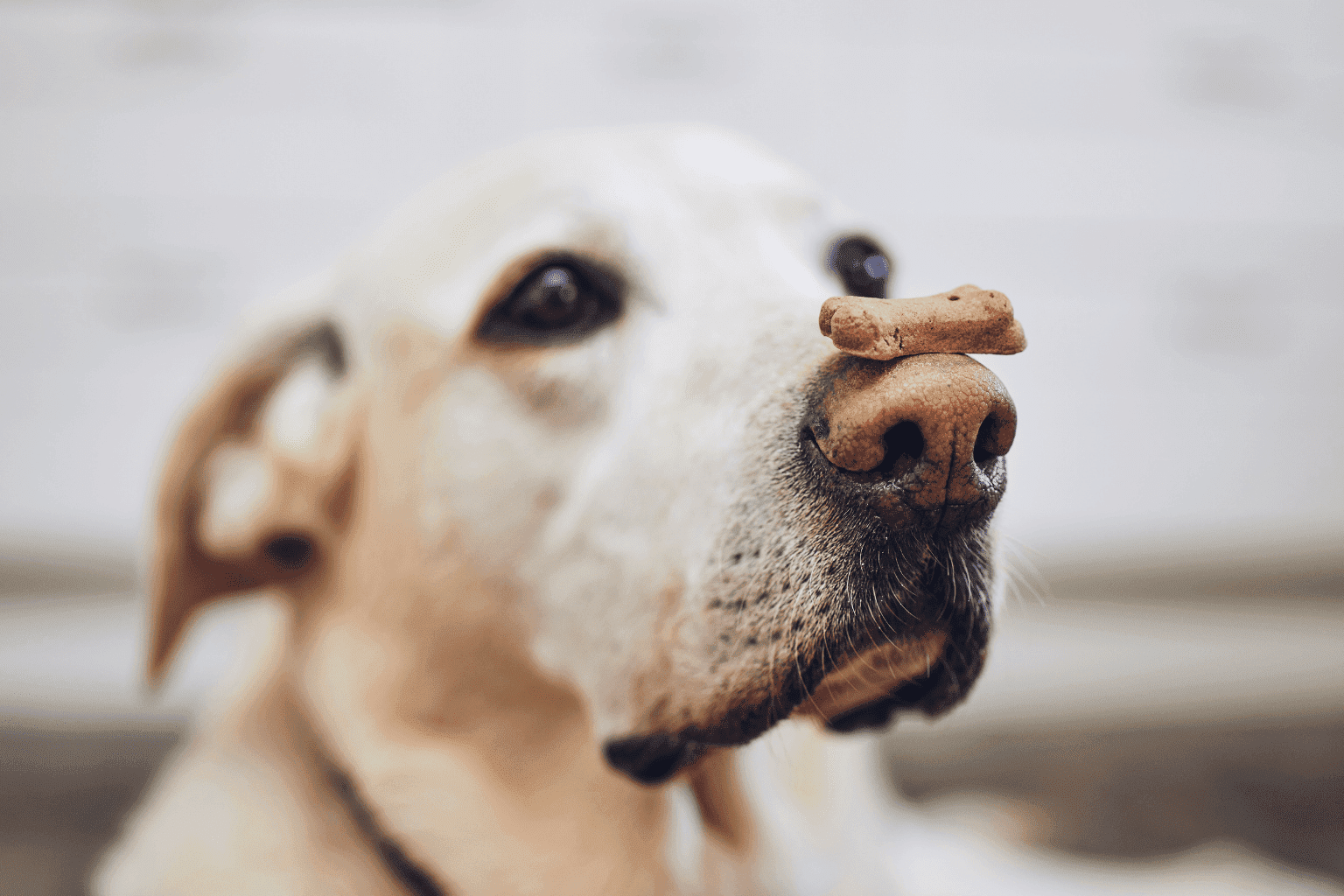Key Takeaways
- Catnip provides calming effects for dogs, unlike the euphoric reactions seen in cats.
- Dogs may benefit from catnip through anxiety relief and improved digestive comfort.
- Understanding the different effects of catnip on dogs can introduce natural wellness options for pet owners.
- Catnip is a member of the mint family that offers surprising benefits beyond its common use for cats.
Table of Contents
- What is Catnip? Origins, Active Ingredients & Why It's Famous
- Can Dogs Have Catnip? Safety, Science, and Typical Effects
- Dog vs. Cat: Catnip Reactions Explained
- Benefits of Catnip for Dogs: Fact-Checked Relief and Real Use Cases
- Risks & Precautions: What Every Pet Parent Should Know
- How to Introduce Catnip to Your Dog, Practical, Gentle Steps
- Application in Real-Life: Calming, Digestive Aid, and Play – Methods That Work
- Troubleshooting, When Catnip Doesn't Work or Causes Problems
- Catnip vs. Other Calming Remedies: Which Is Best for Your Dog?
- Best Catnip Products and Administration Methods for Dogs
Dogs and Catnip – Science, Benefits, Real-World Use, and Smart Safety
While dogs and catnip might seem like an unusual pairing, this mint family herb offers surprising benefits for our canine companions. Unlike cats who experience euphoric reactions, dogs typically respond to catnip with gentle calming effects that can support anxiety relief and digestive comfort. For dogs dealing with stress or restlessness, a formula like Pet Relax can help promote a calm demeanor, offering pet parents a natural option for supporting their dog's overall well-being.
The science is clear: catnip is non-toxic to dogs and may provide mild sedative effects without the dramatic behavioral changes seen in felines. For natural-minded pet parents seeking gentle alternatives to harsh medications, catnip represents an accessible first step toward holistic care, especially when digestive comfort is a concern.
For additional insights into canine wellness, you might enjoy reading about dogs and facts to deepen your understanding of your pet's unique needs.
What is Catnip? Origins, Active Ingredients & Why It's Famous
Catnip (Nepeta cataria) belongs to the mint family and grows wild across North America and Europe. This hardy perennial contains nepetalactone, an essential oil that triggers the famous feline frenzy we've all witnessed. The compound binds to receptors in cats' nasal tissues, creating temporary euphoria lasting 10-15 minutes.
Beyond its reputation as a cat stimulant, catnip has been used medicinally for centuries. European herbalists traditionally brewed catnip tea for digestive issues and nervous tension in humans. The plant's gray-green leaves and small white flowers make it easy to grow, explaining why it's found in gardens worldwide.
Can Dogs Have Catnip? Safety, Science, and Typical Effects

Can dogs eat catnip? Absolutely. Catnip is completely non-toxic to dogs and generally well-tolerated when given in appropriate amounts. The key difference lies in how dogs process nepetalactone compared to cats.
While cats have specialized scent receptors that create euphoric responses, dogs lack these specific pathways. Instead, catnip for dogs typically produces mild calming effects, occasional drowsiness, or gentle digestive stimulation. Some dogs show no observable reaction at all – and that's perfectly normal.
Research suggests only 30-50% of dogs demonstrate any noticeable response to catnip. When effects do occur, they're subtle and last less than 30 minutes. Unlike the hyperactive rolling and vocalization seen in cats, dogs might simply appear more relaxed or sleepy after exposure.
Dog vs. Cat: Catnip Reactions Explained
The dramatic difference in catnip effects on dogs versus cats comes down to neurological wiring. Cats possess a highly developed vomeronasal organ that processes nepetalactone as an intense sensory experience, triggering play behaviors and temporary euphoria.
Dogs process the same compound through different pathways. Their less sensitive vomeronasal organs mean nepetalactone affects their gastrointestinal system more than their behavior centers. This explains why what catnip does to dogs typically involves digestive comfort rather than behavioral changes.
| Effect | Cats | Dogs |
|---|---|---|
| Primary Response | Euphoria, hyperactivity | Mild sedation, calm |
| Duration | 10-15 minutes | Under 30 minutes |
| Behavioral Changes | Rolling, vocalization, play | Relaxation, sleepiness |
| Response Rate | 70% of cats | 30-50% of dogs |
Benefits of Catnip for Dogs: Fact-Checked Relief and Real Use Cases
Catnip for dogs anxiety represents one of the most practical applications. The herb's mild sedative properties can ease nervous tension during stressful events like thunderstorms, vet visits, or travel. Bailey, a rescue German Shepherd, showed noticeable relaxation within 20 minutes of receiving a small pinch of dried catnip before car rides.
Digestive support offers another evidence-based benefit. Catnip's antispasmodic properties may help settle mild stomach upset or gas. Traditional herbalists have long recognized mint family plants for digestive comfort, and catnip continues this tradition safely for dogs.
The herb also provides natural antiseptic qualities for minor topical use. A gentle catnip compress can support healing of small scrapes or irritated skin, though this should complement – never replace – proper wound care.
Dosing Guidance: Start with 1/8 teaspoon of dried catnip for small dogs, up to 1/2 teaspoon for larger breeds. Observe for 30 minutes before considering additional amounts.
For more on supporting your dog's health, check out these tips for spotting and solving eye infections in dogs.
Risks & Precautions: What Every Pet Parent Should Know

While catnip is safe for dogs, overconsumption can cause mild gastrointestinal upset. Watch for excessive drooling, vomiting, or diarrhea if your dog consumes large amounts (more than 1 teaspoon for most dogs).
Some dogs may experience mild sedation that lasts longer than expected, this typically resolves within 24 hours but monitor closely. Never use catnip as a substitute for professional veterinary care, especially for severe anxiety or behavioral issues. If your dog has existing medical conditions or takes medications, consult your vet before introducing catnip.
How to Introduce Catnip to Your Dog, Practical, Gentle Steps
Start with 1/8 teaspoon of dried catnip sprinkled over your dog's regular food. This conservative approach lets you observe your pet's individual response without overwhelming their system. Wait 30 minutes and watch for signs of relaxation or mild behavioral changes.
For stealth dosing (perfect for anxious dogs), try mixing catnip into a small amount of wet food or hiding it in a puzzle feeder. You can also create a catnip-infused snuffle mat by rubbing dried leaves into the fabric strips, this provides both mental stimulation and gentle exposure to the herb's calming properties.
Timing matters: Introduce catnip 30-60 minutes before stressful events like car rides or thunderstorms. If you see positive effects, you can gradually increase to 1/2 teaspoon maximum for larger dogs. Never exceed this amount, and always space doses at least 4-6 hours apart.
Application in Real-Life: Calming, Digestive Aid, and Play – Methods That Work
For travel anxiety, sprinkle a pinch of catnip on your dog's travel blanket 15 minutes before departure. Many pet parents report their dogs settle faster and show less panting during car rides. The key is consistent, low-dose application rather than large amounts.
Digestive support works best when catnip is mixed directly into food during mild stomach upset. The herb's natural properties may help ease gas and minor digestive discomfort. One success story involves Luna, a Golden Retriever who experienced less bloating after meals when her owner added a tiny pinch of catnip to her dinner.
For topical use on minor scrapes, steep 1 tablespoon of dried catnip in hot water for 10 minutes, cool completely, and apply with a clean cloth. The natural antiseptic properties can support healing, though this should never replace proper wound care or veterinary treatment for serious injuries.
For more on keeping your pet healthy, read about preventing and treating UTI in dogs.
Troubleshooting, When Catnip Doesn't Work or Causes Problems

"My dog ignores catnip completely" is the most common complaint, affecting roughly 50-70% of dogs. This isn't a failure, it simply means your pet lacks the specific receptors that respond to nepetalactone. Try switching to alternative calming methods like gentle music, pressure wraps, or natural homeopathic remedies designed specifically for canine anxiety.
If your dog experiences mild stomach upset (loose stools, gas), reduce the dose by half or discontinue for 24 hours before trying again. Some dogs need even smaller amounts, as little as a few pinches, to gain benefits without digestive issues.
Over-sedation occasionally occurs in sensitive dogs who become unusually sleepy or lethargic. This typically resolves within 4-6 hours, but ensure your pet has access to fresh water and a comfortable resting spot. Future doses should be reduced to 1/16 teaspoon or discontinued entirely.
Catnip vs. Other Calming Remedies: Which Is Best for Your Dog?
| Remedy | Speed of Action | Duration | Safety Profile | Best For |
|---|---|---|---|---|
| Catnip | 10-30 minutes | 2-4 hours | Very safe, minimal side effects | Mild anxiety, travel nerves |
| Natural Oil Supplements | 30-60 minutes | 4-8 hours | Generally safe, dosing critical | Chronic anxiety, general wellness |
| Valerian Root | 45-90 minutes | 6-8 hours | Safe but strong odor | Sleep issues, severe stress |
| Homeopathic Pellets | 15-45 minutes | 4-6 hours | Extremely safe, no interactions | Multi-symptom support, sensitive pets |
Homeopathic remedies often provide the most versatile solution for dogs and catnip sensitivity issues. Unlike single herbs, professionally formulated pellets can address multiple symptoms simultaneously, anxiety, digestive upset, and behavioral issues, without the guesswork of individual herb dosing.
BestLife4Pets' gentle pellet remedies work particularly well for multi-pet households where cats and dogs share space, eliminating concerns about species-specific reactions. The precise formulations remove the trial-and-error approach often needed with individual herbs like catnip.
For a scientific perspective on why cats react so strongly to catnip, see this external resource.
Best Catnip Products and Administration Methods for Dogs
When introducing dogs and catnip, the delivery method matters as much as the herb itself. Unlike cats who respond to simple dried leaves, dogs benefit from specific formulations and controlled dosing approaches.
Dried Catnip Leaves - The Basic Approach
Best for: Dogs showing mild stress or digestive sensitivity
Organic dried catnip leaves offer the most straightforward introduction. Start with 1/8 teaspoon sprinkled over food, observing for 30 minutes. Most dogs either ignore the herb entirely or show subtle calming within 15-20 minutes.
- Widely available and affordable
- Easy to control dosage
- Can be mixed into food seamlessly
- Inconsistent potency between batches
- May cause mild digestive upset in sensitive dogs
- Limited effectiveness for anxiety compared to specialized formulations
Catnip-Enriched Toys - The Interactive Method
Best for: Active dogs needing mental stimulation alongside calming
Snuffle mats and puzzle toys infused with catnip provide dual benefits. The enrichment activity naturally reduces anxiety while the herb offers gentle calming effects. This method works particularly well for dogs who need distraction during stressful events.
BestLife4Pets Calming Support - The Comprehensive Solution
Best for: Multi-symptom support and households with both cats and dogs
Our gentle pellet formulations combine the calming properties found in catnip with complementary natural ingredients specifically chosen for canine stress response. The pellets dissolve easily in food or can be given directly, eliminating the guesswork of proper catnip dosing.
Why BestLife4Pets Stands Out: Unlike single-herb approaches, our formulations address the full spectrum of stress responses in dogs. The pellet form ensures consistent dosing while remaining safe for multi-pet households where cats might also access the remedy.
Pet parents report noticeable calming within 20-30 minutes, with effects lasting 2-4 hours. The gentle formulation means daily use during stressful periods without the digestive sensitivity sometimes seen with raw catnip.
For further reading on the science behind catnip's effects, see this peer-reviewed study.
Disclaimer: Not a substitute for professional veterinary advice.
Frequently Asked Questions
Is catnip safe for dogs to consume, and what effects can pet owners expect?
Yes, catnip is safe for dogs to consume in moderation. Pet owners can expect gentle calming effects that may help reduce anxiety and support digestive comfort without causing the hyperactive or euphoric reactions seen in cats.
How does catnip affect dogs differently compared to cats?
Unlike cats, who often experience a brief euphoric or playful frenzy when exposed to catnip, dogs usually respond with mild sedation and relaxation. This difference is due to how their bodies process the active compounds, leading to calming rather than stimulating effects.
What are the potential benefits of using catnip for dogs, especially regarding anxiety and digestion?
Catnip may ease mild anxiety and promote a sense of calm in dogs, making it useful during stressful situations. It can also support digestive comfort, helping dogs with occasional tummy upset feel more at ease naturally.
How should pet parents introduce catnip to their dogs to ensure a safe and positive experience?
Start by offering a small amount of catnip in a treat or mixed with food to observe your dog's reaction. Gradually increase if well tolerated, always watching for any signs of upset, and consult your vet if you have concerns. Using catnip as part of a gentle routine can help your dog enjoy its benefits safely.



